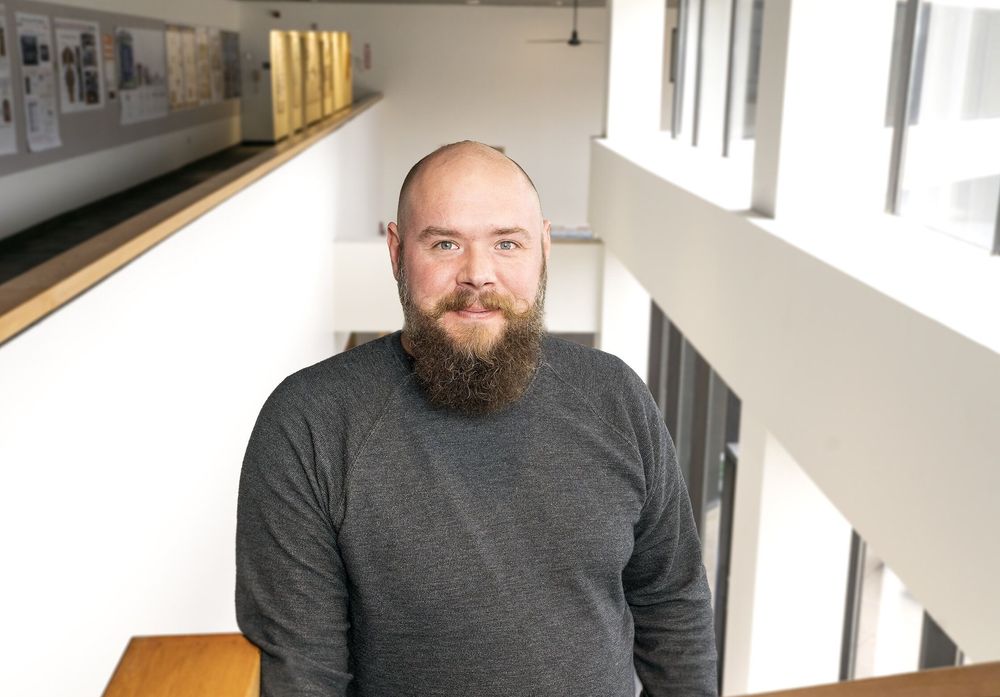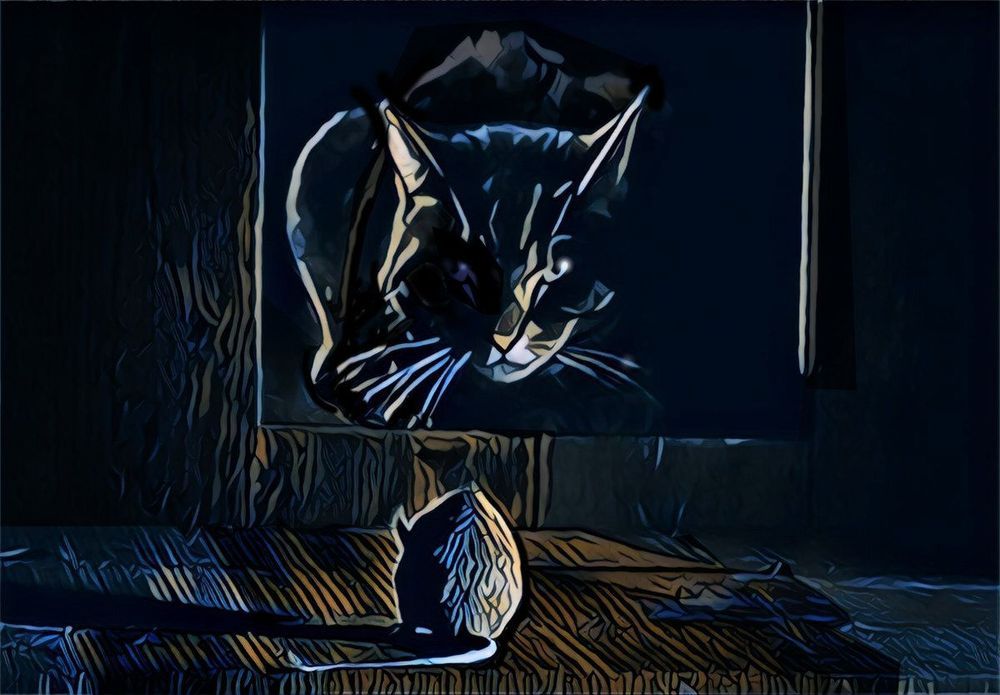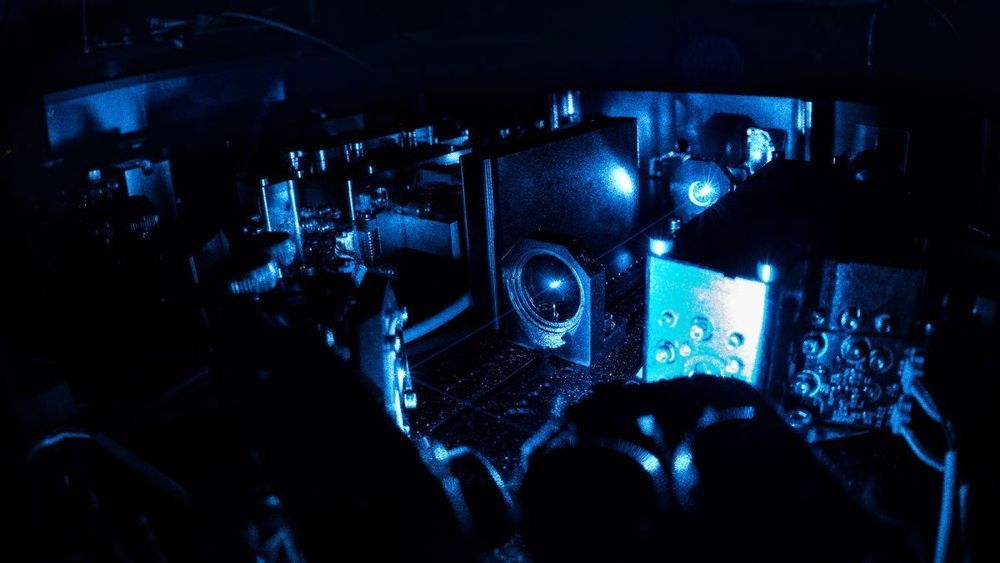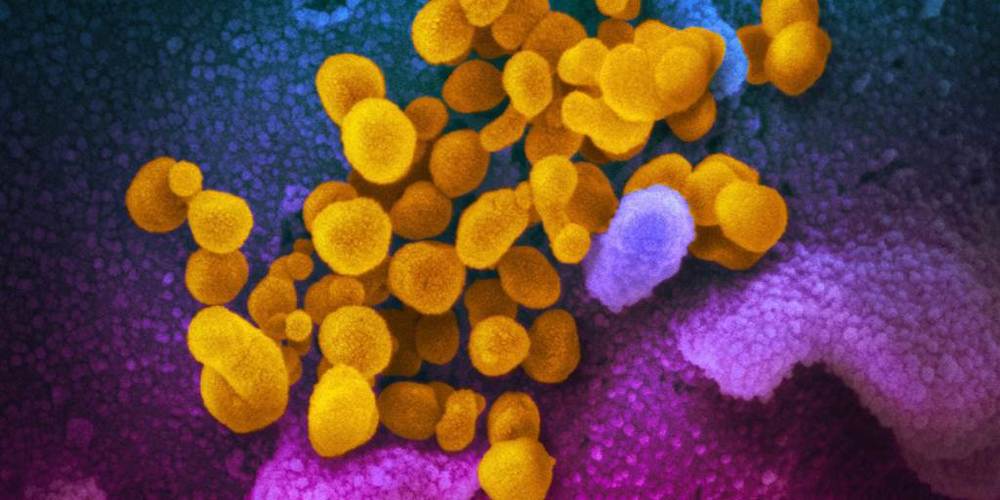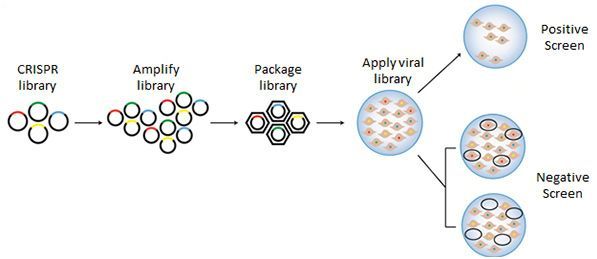Feb 25, 2020
Design of the W7-X fusion device enables it to overcome obstacles, scientists find
Posted by Quinn Sena in categories: nuclear energy, physics
A key hurdle facing fusion devices called stellarators—twisty facilities that seek to harness on Earth the fusion reactions that power the sun and stars—has been their limited ability to maintain the heat and performance of the plasma that fuels those reactions. Now collaborative research by scientists at the U.S. Department of Energy’s (DOE) Princeton Plasma Physics Laboratory (PPPL) and the Max Planck Institute for Plasma Physics in Greifswald, Germany, have found that the Wendelstein 7-X (W7-X) facility in Greifswald, the largest and most advanced stellarator ever built, has demonstrated a key step in overcoming this problem.
Cutting-edge facility
The cutting-edge facility, built and housed at the Max Planck Institute for Plasma Physics with PPPL as the leading U.S. collaborator, is designed to improve the performance and stability of the plasma—the hot, charged state of matter composed of free electrons and atomic nuclei, or ions, that makes up 99 percent of the visible universe. Fusion reactions fuse ions to release massive amounts of energy—the process that scientists are seeking to create and control on Earth to produce safe, clean and virtually limitless power to generate electricity for all humankind.
